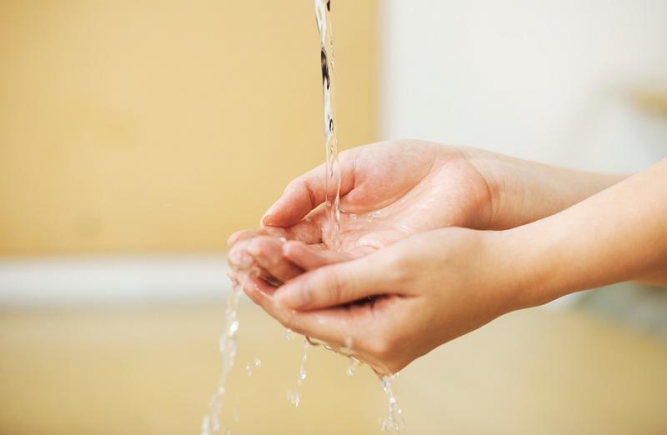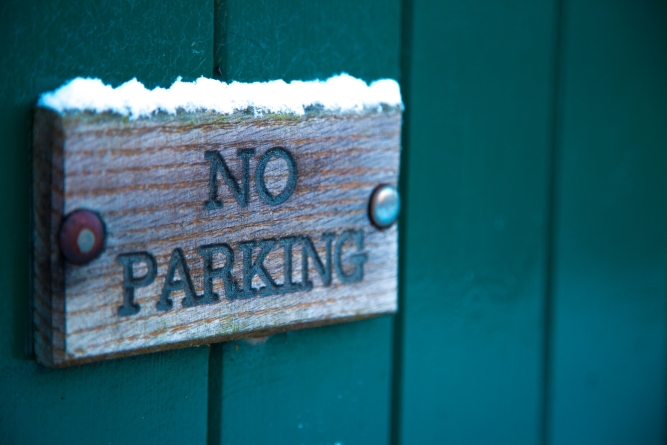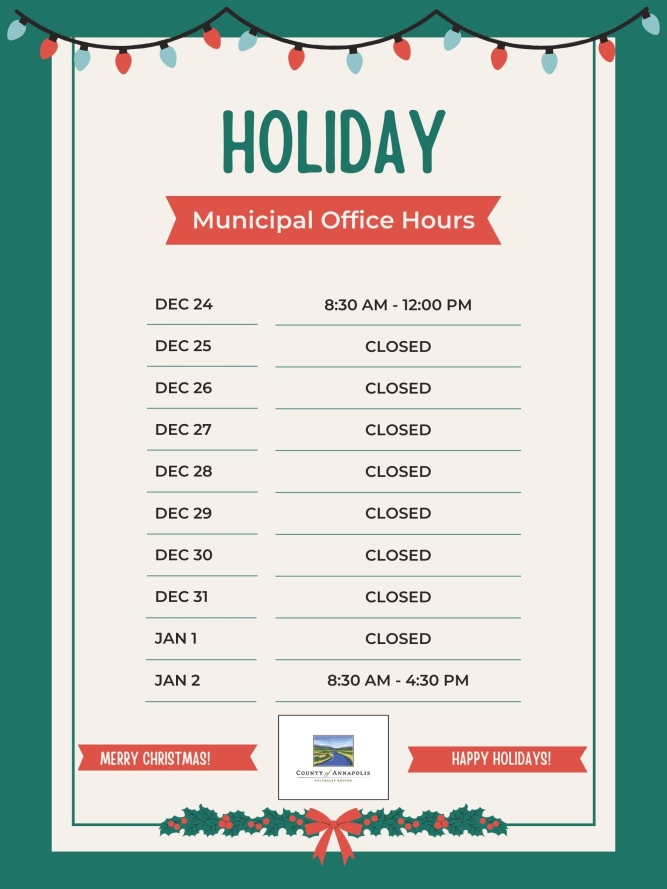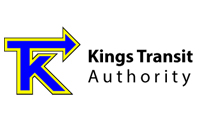Let's shed some light on your search




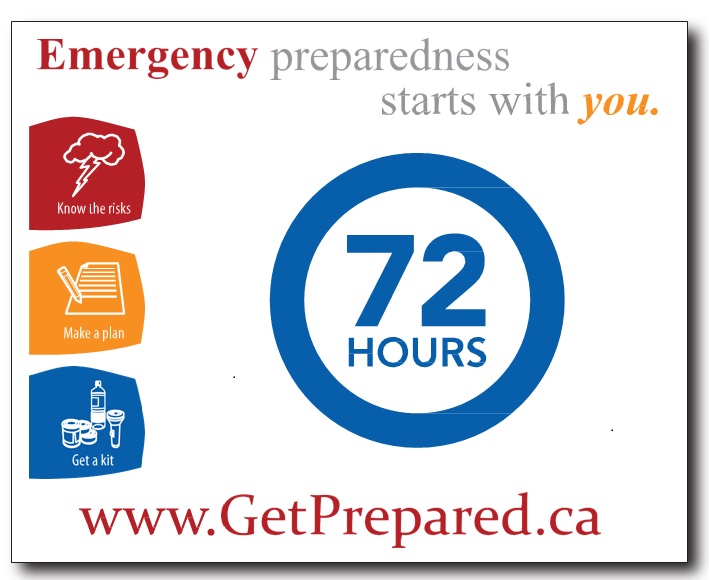
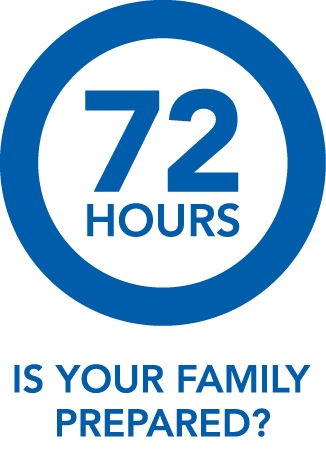
- Knowing the Risks;
- Developing a Plan; and
- Preparing a Kit
- Knowing the Risks
In Nova Scotia we know of the natural risks that exist for our communities, such as:
- Wildfires
- Drought
- Hurricanes (Heavy rainfall, winds) Atlantic Hurricane Season is June 1st – November 30th
- Winter Storms
(Blizzards, heavy snow fall, freezing rain, ice storms, poor road conditions - black ice & slush, high winds) - Storm Surges
- Flooding
- Power Outages
- Disease Outbreaks
- Becoming Lost
- Chemical releases
- Landslides
2. Developing a Plan
Thinking and planning ahead will help reduce the stress of an emergency. Every household should have an
emergency plan prepared. Public Safety Canada offers a guide to help households in preparing for an emergency.
Click on the link below to get your free guide:
“72 HOURS - Your emergency preparedness guide: Is you family prepared?”
Making a Family Emergency Plan video:
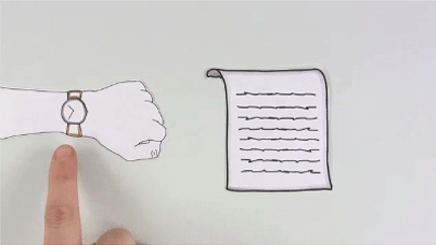
A good plan tells you where to find the things you need and what to do during an emergency.
This also means creating a social support network.
Create a personal support network:
This is a group of at least 3 people you trust to help you in times of an emergency.
o Ask people if they are willing to help you in an emergency.
o Give them important contact numbers like your cell, home, work or school.
o Tell these people where you keep your emergency kit and give someone you trust a key
to your home.
o Include someone who lives outside of your region as they probably won't be affected by
the same emergency.
Important things to include in your plan:
o Have your Shelter in Place ready
o Location of your fire extinguisher, main water valve, electrical box, gas shut-off, and floor
drain
o Contact information for friends and family
o Plans for looking after your pets
o Information about your special health needs
o Contact information and instructions for your personal support network
o List and supply of medication for family members
Keep a copy of your plan in your emergency kit, at home, in your car, and at work.
3. Preparing a Kit
An important part of preparing for an emergency is to have your 72 hour emergency kit
ready. Your kit will contain the basic supplies that will help you get through at least the first
72 hours of an emergency. Remember that many of these items you may already have in
your house. Be sure to make sure you know where everything is located and working, and
not out of date.
What is in a 72-Hour Emergency Kit?
Bottled water Store six litres of water per person per day.
Ideally, you should replace the water bottles every time you change your clocks. If necessary, you
can use the water in your toilet tank or hot water heater.
or dried food and energy bars.
Check food expiry dates when you change your clocks and replace as needed. If you stock canned
food, include a manual can opener in your kit. If you include a camping stove, do not use it indoors.
Ideally, you should swap the medication out regularly for fresh medication. If you cannot store extra
medication in your kit, make sure you take it with you in an evacuation. You may also want to include
vitamins and medications to guard you against getting sick.
If you receive medical treatments from a clinic or a hospital, ask your health care provider what you should
do in an emergency.
gloves
gauze pads
a variety of bandages
antiseptic
scissors
tweezers
needle and thread
instant ice packs
survival blanket, if space allows
Wind-up flashlight and radio Wind-up flashlight/radio combination models are available from
many outdoor retailers. If you are using a battery-operated flashlight or radio, be sure to stock extra batteries
and replace them every year.
External battery pack or wind-up phone charger You could be without power in your home for days,
or you might have to evacuate. It is important that you are able to use your cell phone to call for help
or to receive information. If phone lines are too busy, you can still receive updates and alerts on your
mobile device.
Warm clothes and blankets or sleeping bags Blankets or sleeping bags are much warmer than
survival blankets. You may want to pack both, but survival blankets do not replace real blankets.
Important documents Have an Family Emergency Contact Information List as part of your family
emergency plan. As well as the 72 Hours Preparedness Emergency Numbers. Store this information
and important documents such as a Home Inventory Checklist in your 72-Hour Emergency Kit.
Consider including digital copies of important documents, music, photos, and anything else you might want
to keep. Review documents periodically and ensure that they are up to date.
Cash in small bills and coins You should include cash because debit and credit cards may not work
in an emergency situation or if the power is out. You might need coins in case you have to use a payphone or
coin-operated laundry facilities.
Supplies for your baby and pet If applicable, stock your kit with baby food, diapers, formula, extra clothes,
and baby wipes. If you have a pet, have an evacuation plan for your pet, water, food and toys.
such as games, card or books.
Making a 72-Hour Emergency Kit as a senior or a person with additional needs
There are additional items you should consider adding to your kit depending on your specialized needs. These
items will be suited for your individual situation and should be carefully considered when making your 72-Hour
Emergency Kit. Be sure to include any food tailored to dietary restrictions, and that your kit is wheeled and easily
accessible.
ADDITIONAL CONSIDERATIONS
People with hearing loss:
*Writing pads and pencils for communication
*Visual cue cards with pre-printed phrases you would use during an emergency such as “I use American Sign
Language”
*Additional hearing aid (if you have one) and extra batteries
*Portable visual notification devices to know if someone is knocking on the door or calling on the telephone
People with vision loss:
*A talking or Braille clock
*Assistive technology you use to access information such as emergency alerts
*Spare glasses
*Extra white cane
*A 72-Hour Emergency Kit for your service animal.
In addition to these items, you should ensure that your 72-Hour Emergency Kit is easily identified and accessed.
Consider labelling emergency supplies with large print, fluorescent tape, or Braille.
People with reduced mobility:
*A tire patch kit
*Seal-in-air product
*Inner tubes
*A backup battery
* A manual lightweight wheelchair as a backup to a motorized chair
*A power outage backup plan
*Heavy gloves for making your way over glass and debris
*The make, model, and battery type of a powerchair (if you use one)
*Contact information for battery suppliers
People with other disabilities and medical needs
*A list of your medications including name, dose, frequency, and the name of the prescribing doctor
*Written information about how to administer your medications, what equipment you use, allergies, and your
emergency medical contacts
*Supply of food items appropriate to your dietary restrictions
*At least a three-day supply of medication and medical supplies. Make sure to replace the supplies before they expire
and ask your pharmacist the best way to store them.
*Extra MedicAlert ®identification
*Backup power options like batteries or a generator for any life support or essential medical devices
How do I store my supplies?
*Ideally, supplies should be stored in a waterproof, wheeled suitcase or container. Your kit must be portable in case
you have to evacuate your home. If you have luggage, bag your supplies and store them in your luggage when you
are not travelling. You can remove the bags for travel.
*Store medications, cash, and important documents in an external pouch for easy access. Your First Aid kit and water
supply should also be immediately accessible.
*Make sure that you check your kit and replenish/swap supplies as needed. An easy way to remember is to check
your kit when you change your clocks.
Tips for making a 72-Hour Emergency Kit on a budget
- Store what you can today and accumulate other items bit by bit.
- Spend an extra 5% on groceries per month to accumulate the food you need for your 72-Hour Emergency Kit.
- Certain books and online resources can teach you how to pickle, can and preserve food. This is also a good option for those with allergies or dietary restrictions.
- Although it is safest to use commercially bottled water, you can also store water in thoroughly washed containers with a good seal. Plastic containers such as soft drink bottles work best. Never use a container that held toxic substances. Seal storage containers firmly when not using your water.
You should also have a kit prepared for your Home, Vehicle and a Grab and Go.
Where to buy an emergency kit – If you think it might be easier to purchase a kit then you can try
one of the options below.
It's quick and easy to buy an emergency kit. The Canadian Red Cross has a kit available to buy on their website.
The Salvation Army also has a standard kit as well as a car kit available for purchase on its website.
Various other kits and emergency supplies are also available for sale from other commercial entities.
Add items to your kit such as:
*additional emergency supplies
*A copy of your emergency plan
*Photocopies of personal documents
*A household emergency contact list
How to prepare your Emergency Kit video:
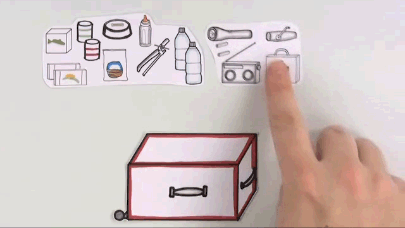
Emergency Kit Checklists:
o Household Needs
o Grab and Got Kit
o Vehicle Emergency Kit
OTHER TIPS
Make sure your family’s emergency kit is easy to carry. For example, keep it in a backpack,
duffel bag or suitcase with wheels. Store it in an easily-accessible place and make sure that
everyone knows where it is. Check your kit twice a year or following each time it has been used
and replace any outdated items. Food and water should be replaced once a year.
PETS
Pet Friendly Winter Tips novascotiaspca.ca/2018/12/11/kee
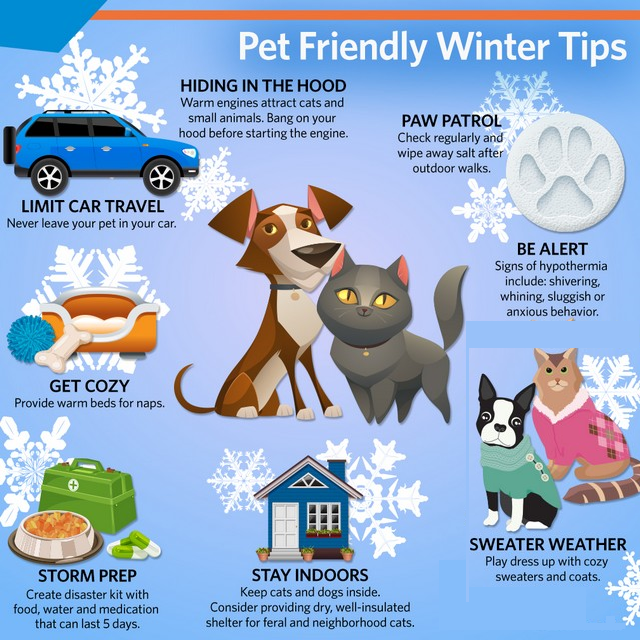
Upcoming Events
| Planning Advisory Committee Meeting 12 Jan 2026 06:00PM |
| Public Hearing - Municipal Heritage Deregistration 20 Jan 2026 11:00AM |
New Information to This Site
- Employment Opportunity - Building/ Fire Official (Level 1)
- Employment Opportunity - Manager of Municipal Operations
- Procurement Opportunity - 3-D Visualization for Flood Hazard Communication Municipal Flood Line Mapping - 2025-26
- A Heartfelt Thank You - West Dalhousie Wildfire
- Council Highlights - December 16, 2025
- County Wide Planning Area
- 2025 Municipal Offices Holiday Hours
- Holiday Greetings from Warden Diane LeBlanc
- VWRMA - New Recycling Program
- East End Planning Area
- COUNCIL HIGHLIGHTS - November 18, 2025
- County of Annapolis Community Grant Information Sessions
